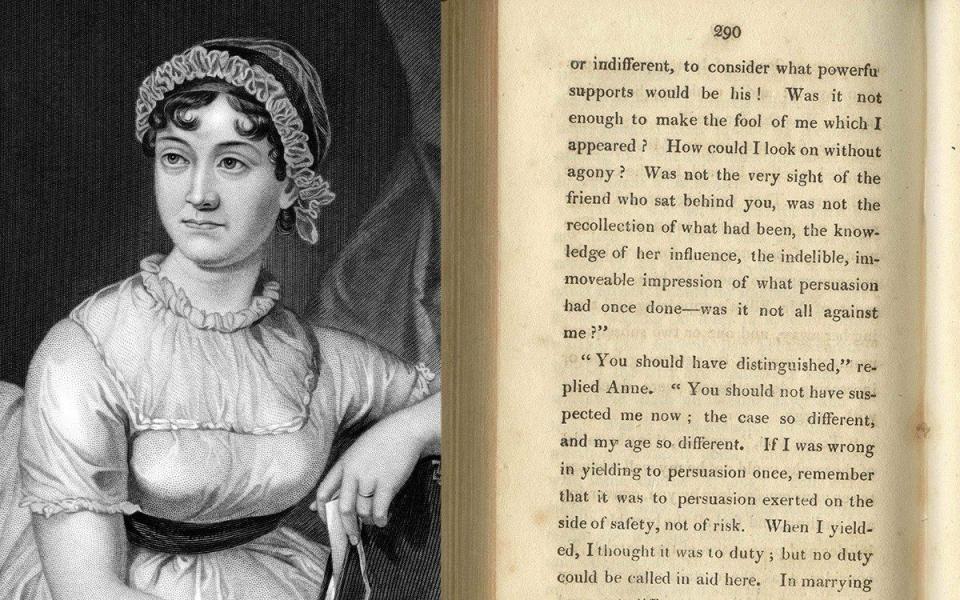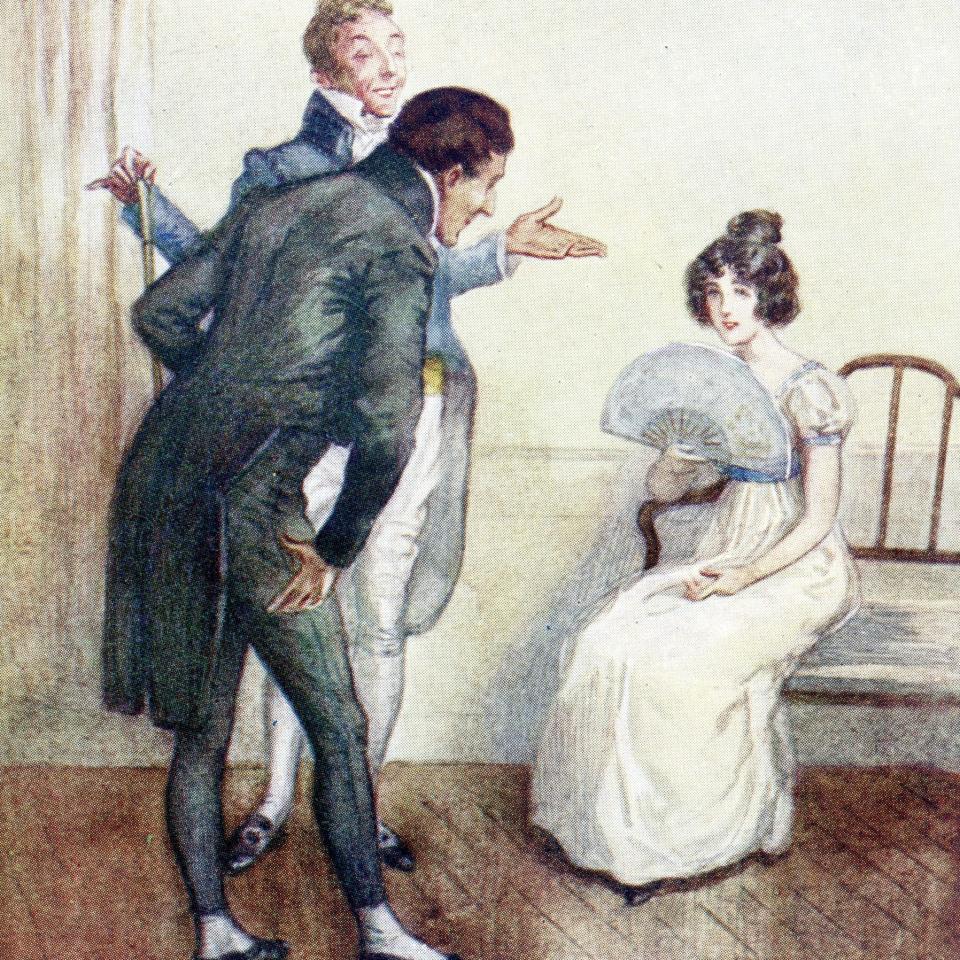Jane Austen novel given ‘gender stereotyping’ trigger warning

Reading too many novels causes a great deal of anguish for the naive heroine of Northanger Abbey, and students studying the book could be similarly troubled.
This is according to academics who have issued a trigger warning for Jane Austen’s work because it depicts “gender stereotypes”.
The 1817 novel about a callow young woman’s coming of age in Regency Britain has been deemed potentially upsetting by academics at the University of Greenwich.
English literature students at the university are alerted to the “sexism” in Northanger Abbey, according to content notes seen by The Telegraph, and warned that the 19th-century satire contains “toxic relationships and friendships”.
The claims are made in the content warning for Austen’s work, despite the author (1775 to 1817) being widely regarded as an early feminist who rebelled against gender roles in a literary world dominated by men.
The book is taught as part of Greenwich’s Gothic literature module, which itself comes with an umbrella warning that the course contains “elements that students might find disturbing”.
Northanger Abbey tells the story of Catherine Morland, an innocent figure whose reading of Gothic novels leads her to suspect her suitor’s father of being a murderous widower; a plotline intended to mock some of the macabre literature that was increasingly popular at that time.
Catherine gradually learns about the world through this ordeal, being rejected for marriage due to her lack of money by an overbearing patriarch, witnessing seducer Captain Tilney ruin her friend Isabella, and through discussions with her own love interest Henry Tilney.
She defers to him in keeping with the gender roles of 19th century young women, as he makes observations about the sexes, including claiming of women that “nature has given them so much, that they never find it necessary to use more than half”.
However, he also states that in matters of taste “excellence is pretty fairly divided between the sexes”.

As narrator, Austen also wryly comments on the imbalance between men and women at the time, writing with regard to Regency romantic propriety: “It must be very improper that a young lady should dream of a gentleman before the gentleman is first known to have dreamt of her.”
She also mocks women having to pretend to be stupid to please men, writing “a woman especially, if she have the misfortune of knowing anything, should conceal it as well as she can.”
The fact that Austen ironically and humorously handles gender roles in Northanger Abbey, and her other works, has led to claims that the Greenwich trigger warning is inappropriate.
Prof Dennis Hayes, education expert at the University of Derby and director of the campaign group Academics For Academic Freedom, said: “Through her great wit, expressed through her characters, Jane Austen offends everyone in her novels. She is the mistress of offence. That’s why we love her work.
“Students love her too. But some academics still seem to think their students are snowflakes and need coddling. How often do we have to remind them, and university management, that students are adults. They must stop infantilising them.
“Universities should put up one simple statement: Trigger warning – this is a university, you must expect to be offended.”
A Greenwich spokesman said: “Content warnings were first used in July 2021, in response to student requests relayed to the teaching team via their student representatives during the 2020/21 academic year. It was agreed that Content Warnings should be included in reading lists so that students would be able to take them into account before encountering each text.”

 Yahoo Movies
Yahoo Movies 